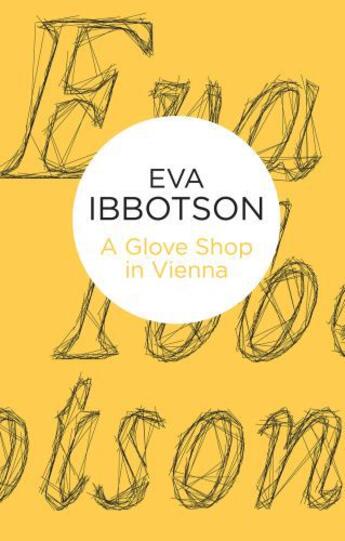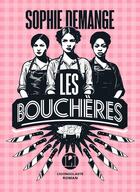-
Nombre de pages : (-)
-
Collection :
(-)
-
Genre :
(-)
-
Thème :
Non attribué
-
Prix littéraire(s) :
(-)
Résumé:
Eva Ibbotson has proven that romantic fiction can be funny, well written, and even a little erudite. Her novel Magic Flutes won the Romantic Novelists Association award and, along with A Company of Swans, was a Booklist Editors' Choice selection. The New York Times said of Madensky Square that... Voir plus
Eva Ibbotson has proven that romantic fiction can be funny, well written, and even a little erudite. Her novel Magic Flutes won the Romantic Novelists Association award and, along with A Company of Swans, was a Booklist Editors' Choice selection. The New York Times said of Madensky Square that "she has fine-tuned-and perhaps even enlarged-the [romantic] genre."In this delightful collection are some of the best of Ibbotson's short stories. They range from nineteeth-century Vienna to the north of England at the end of the last century, from prerevolutionary Russia to the devastated Brazilian Amazon. Each setting is magically recreated and peopled with the remarkable, memorable characters that are Ibbotson's trademark.Here , in "A Glove Shop in Vienna," the title story, Great-Uncle Max is torn between his grand and secret passion for Susie, the enchanting glove shop assistant, and the devotion of his large, opera singer wife. Here is Miss Bennett, drama mistress at the fading Markham Street Primary School, whose search for a baby Jesus for the nativity play yields unexpected and miraculous results. Nina, the beautiful chanteuse, never fails to wear a white rose for Paul, the lover who years ago disappeared to allow her success. Kira, a dancer in Russia's Imperial Ballet school, is thrown out onto the streets of St. Petersburg, and found by Edwin, a lonely dreamer. These and many more are the characters whose experience, bittersweet and incurably romantic, is the foundation for Ibbotson's vivid and unforgettable stories.
Donner votre avis















